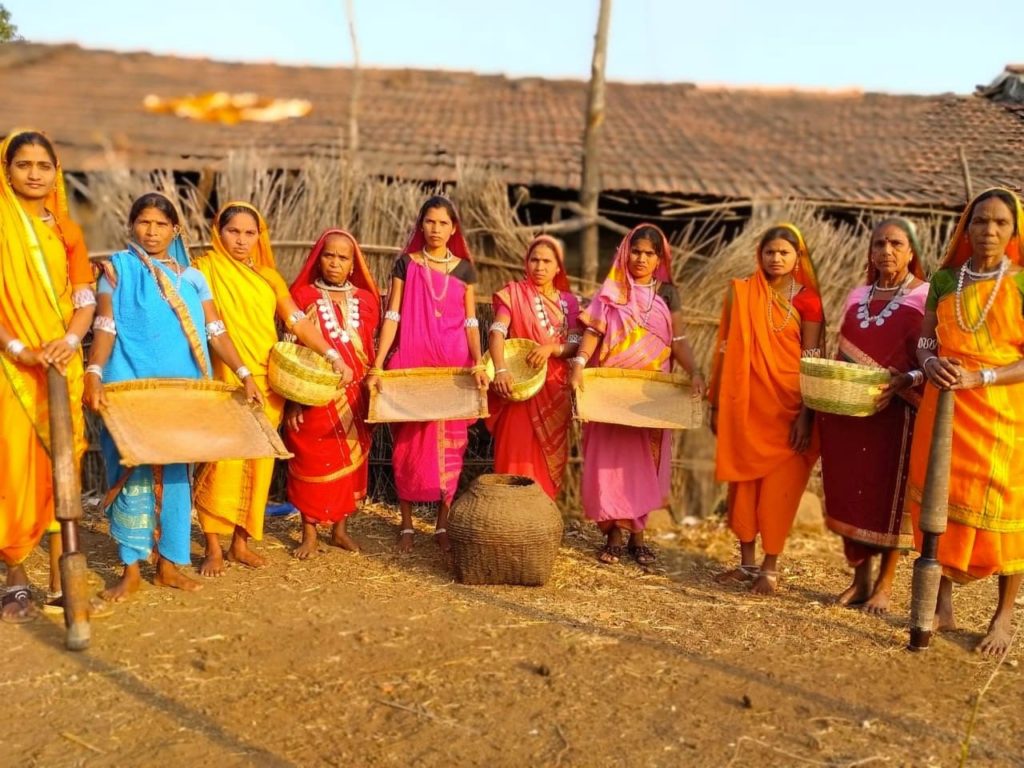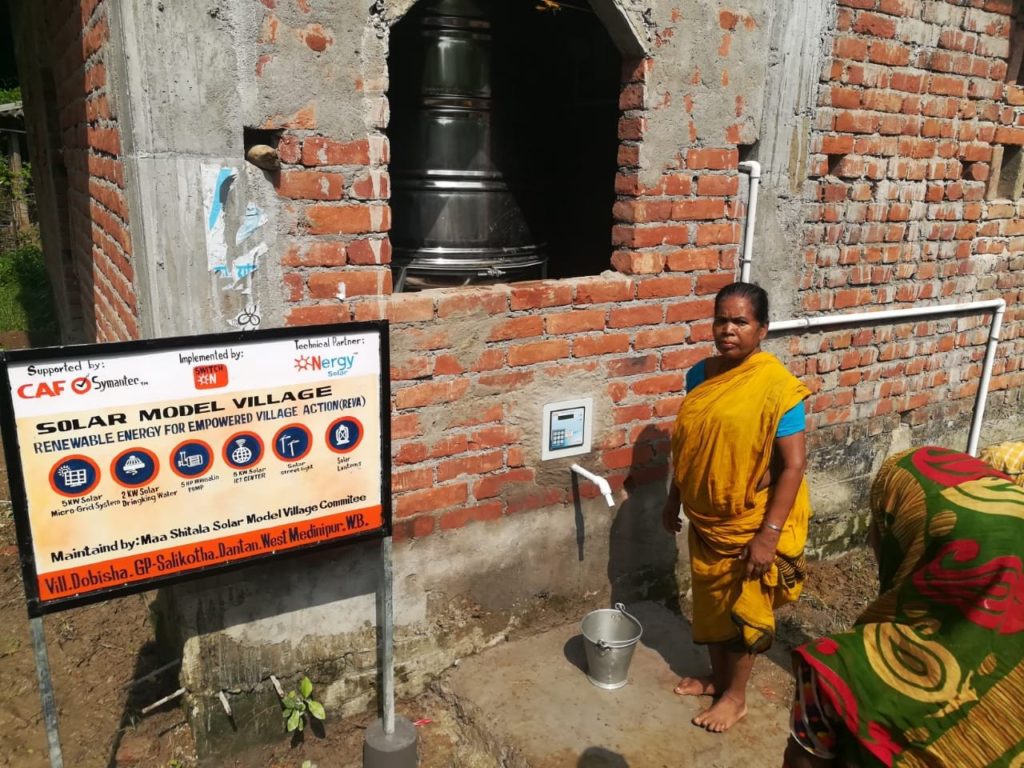Climate Action
Green Jobs: Earn while you sustain
August 5, 2021
According to a 2018 study by the International Labour Organisation, India’s shift to a green economy could add 3 million jobs in the renewable energy sector alone by 2030. More people are needed in rooftop solar power generation jobs, manufacturing solar panel modules, inverters and converters, and end-use components for LED bulbs and energy-efficient pumps.
The UNEP defines the Green Economy as one that results in improved human well-being and social equity while significantly reducing environmental risks and ecological scarcities. The environment is seen as a determining factor of economic production, value, stability, and long-term prosperity – indeed, as a source of growth and a spur to innovation. Simply put, the Green Economy is an effective pathway to sustainable development.
Millions of green jobs are now opening up in varied sectors: to help protect ecosystems and biodiversity; reduce the consumption of energy, water, and other natural resources and materials through high-efficiency strategies; de-carbonize the economy; minimize or altogether avoid the generation of all forms of waste and pollution; for green buildings. According to a 2018 study by the International Labour Organisation, India’s shift to a green economy could add 3 million jobs in the renewable energy sector alone by 2030. More people are needed in rooftop solar power generation jobs, manufacturing solar panel modules, inverters and converters, and end-use components for LED bulbs and energy-efficient pumps.
In India, around two out of three people inhabit the rural sector. To encourage the adoption of green jobs here, our organization Earth Day Network (EDN) awards villages that adopt green livelihoods. These EDN Star Villages get highlighted as examples for others also to emulate. Winners include Dobisha in West Medinipur, West Bengal, a model village that meets all its energy needs through its established solar energy systems. Sothawadi Village, District Seoni, Madhya Pradesh, with guidance from the State Forest Department for Biodiversity Conservation, has set up a Biodiversity Management Committee that maintains a Biodiversity Register. Today, this has details of over 100 native medicinal plants, Non-Timber Forest Produce, and flowering species that grow in and around Sothawadi. The villagers now protect these and cultivate rare, endangered, and threatened species such as Chironji (Buchanania lanzan). Traditionally its seeds are recognized as beneficial to health and thus receive premium rates on sale. The beneficial methods of climate-resilient agro-ecology adopted by the villagers in Kedia village in Jamui District, Bihar, have proven excellent methods to rejuvenate the soil and enhance rural livelihoods. These include a switch to natural, cheaper, and less harmful pesticides and fertilizers such as vermicomposting and use of Neem sprays, and ways to use our dwindling natural wealth – water judiciously.
Earth Day Network also recognizes women's Self Help Groups active in the Green Economy that enhance their livelihoods with eco-friendly enterprises. On the 8th of each month, we announce an EDN Star Women's Group. Take the example of Jhargram Block Aranya Sundari Mahila Mahasangam in West Bengal State. Its 500 local women artisans opted for training by the West Bengal Khadi & Village Industries Board to enable the trainees to upgrade what they traditionally crafted - fashioning bowls and plates out of collected dry leaves (patta) of the indigenous Sal (Shorea robusta) trees that naturally grow in the forests around. The training enables them to work with machines to mass produce for sale, these biodegradable alternatives to plastic items. The Mahasangam assists production by opening up microfinance avenues for the women, providing warehouse facilities to safely store the finished products till the items get shipped to customers. A separate network of women Self-Help Groups gets trained in marketing skills to increase the sale of the products and earn their livelihood through it. In this manner, both the producers and the salespersons earn from the green product.

Another such commendable Star Women's Group is Ahenba Products. It provides urban Manipuri women with the chance to enhance their livelihoods by producing and selling eco-friendly, handcrafted products out of upcycled reeds and water hyacinth. The Narmada Mata Mahila Bachhat Gat are tribal women of Bhill and Pawara communities based in Khadkya and Manwani villages in Nandurbar District. They were trained as part of the Chief Minister's Rural Development programme to help villages in Maharashtra. The women enhance their incomes through the sale of chemical-free farm produce they grow, such as the nutritious mahua (Madhuca longifolia) laddoos.
On the occasion of the first International Day for Clean Air and Blue Skies (September 7, 2020), Earth Day Network, in association with CLEAN, launched Clean Energy Stars, an initiative to recognize social enterprises in the clean energy sector. Blue Match Impact Solution is one such green enterprise whose environment-friendly EcoCookstoves significantly impact the lives of rural women in Karnataka. Doorastha Analytics is another green enterprise we commended for their Smart Distributed Solar Micro-Grid Energy Systems. Their innovative Pay-As-You-Go service has rural populations in Uttar Pradesh benefit as locals can now have 24x7 access to energy to operate their small-scale businesses. To ensure benefits remain local, Doorastha Analytics trains villagers to operate the plants. The energy-providing model got developed after extensive research on ways to minimize losses in transmission and distribution, safeguard against pilferage, and ensure that operating systems are economical and efficient. Its innovative Pay-as-you-Go service is implemented through smart metering technology and IoT-based monitoring of the assets. The benefits are obvious. A tailor who draws in energy supplied by Doorastha Analytics says: 'I earn much more now as I can work even after sundown. Paying for the energy is also not a problem. The extra work done suffices to pay for the costs. And, I still have savings left over.' A saloon owner is happy that the light and fan in his establishment draw in more customers. Based on the success of the initial grids Doorastha Analytics set up, the organization plans to expand operations to 1000 grids by 2023. This access to energy will likely provide benefits to some 55,000 rural enterprises.
A majority of rural populations rely on kerosene for domestic lighting. In these areas, even those households connected to the grid need to use kerosene for lighting from time to time as the supply of electricity is often erratic. As a result, many children get compelled to study with light from kerosene lamps. The carbon fumes emitted harm Indoor Air Quality and prove to be a major cause of deaths, as documented by the WHO. The relatively dimmer light provided by kerosene lamps also affects eyesight. Dlight Solar Lamp solar-charged lighting facility has multiple benefits. It replaces the use of carbon-emitting fuels. Students can now avail extended hours of study. Additionally, the use of solar lighting is less expensive when compared to the purchase of kerosene. 'Because we don't need to spend any money on kerosene, we save around 200 rupees a month' says Janendra, a farmer from Bihar whose daughter is also happy as she now has brighter light to study. Dlight Solar Lamps have already benefited 27 million school-going children. The company pledges to continue to provide affordable and accessible solar lighting and power systems to rural areas.

The foundation to ensure that more and more people take up jobs in the Green Economy (both rural and urban) rests on creating a climate literate population. Education has a crucial role to play in building the workforce for a new, greener economy. Education influences the knowledge, values, and behavior of all individuals in our societies and builds the skills of current and future leaders. Research suggests that individual behavior changes in food and waste, agriculture, transport, and heating can reduce 20-37 percent of emissions (~390-730GT); early studies also suggest that students who learn about climate action influence not just their own choices, but those of their families and communities as well. Education systems should urgently empower young people with the knowledge, skills, and mindset to act on climate in their families and communities: 85 percent of youth globally believe they have a responsibility to tackle climate change, but over 40 percent are unsure of how to have an impact.
For the next generation of workers, we need to upskill incumbent workers and train the unemployed and disadvantaged youth. We face global competition on the green economy that will debilitate our effort to create the next generation of innovators and innovations and the jobs that come with them if we do not educate our students and workers. Furthermore, this time, given the ravages of climate change, we are competing for more than our own economic survival.
An educated workforce is a valuable hedge against global competition and as a driver of a massive green expansion as countries place greater emphasis on green jobs. As the world moves to reimagine how we manufacture, build, transport, operate, power, or fuel just about everything we use or do, we need fully integrated climate literacy to drive innovation and jobs in all sectors. Numerous think tanks and corporate research efforts point to this need for an educated and entrepreneurial workforce.
With this in mind, we ask governments at COP 26 to commit to compulsory, assessed climate education linked to civic engagement. It should become as fundamental as teaching reading and writing. It is necessary to integrate and embed climate literacy across all grade levels and disciplines with the necessary teacher training and support. Beyond the direct teaching of climate education, commit in parallel to enabling young people, especially those in vulnerable and historically marginalized groups that stand to lose the most in the climate crisis, with the skills and support to thrive in a greener world. Together these efforts will create the first generation of true climate literate and civically active citizens who will be able to make environmentally informed choices about how they live, work, and participate in government, and become the climate literate workforce needed to build a new, stronger, and more sustainable 21st-century economy.
Climate and Environmental Literacy Campaign
Establishing climate and environmental education in every school in the world.
Earth Day Network-India (EDN) is an environmental organization. We aim to help Restore our Earth (a major focus in several countries across the globe) with initiatives that focus on ways to regrow green cover, rejuvenate aquifers, restore soil, refresh air, reduce and manage waste, encourage a switch to clean and green energies, and build environmental stewardship among youth. We are inspired by the global NGO EARTHDAY.ORG™ that grew out of the first Earth Day on April 22, 1970, and today engages with over 50,000 organizations in some 190 countries to take the environmental movement forward.
This article was originally published on Emerging Technology News and was reprinted with permission. Read the original story here.
